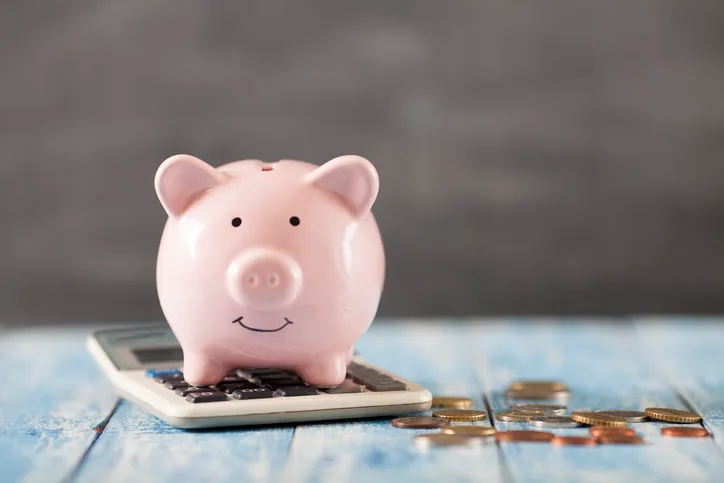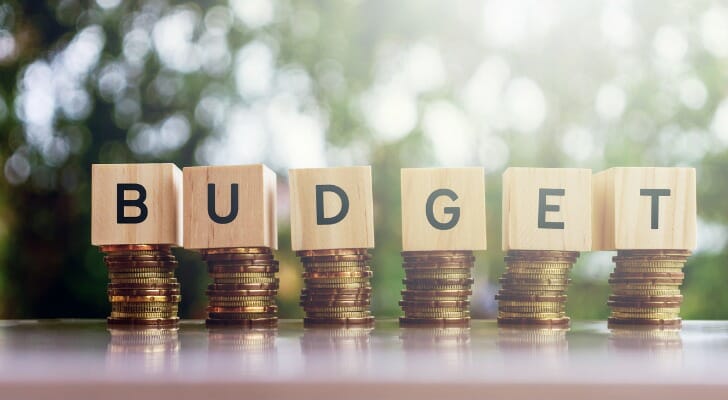Fixed expenses are predictable costs that remain consistent over time, such as rent, mortgage payments, car payments, and insurance premiums, often comprising the largest portion of a budget. In contrast, variable expenses fluctuate and can be harder to anticipate, including necessities like groceries, gas, and utilities, as well as discretionary spending. While many variable expenses are optional, essential costs can also vary, making budgeting for them more challenging.
A financial advisor can help you put together a financial plan for your future.
What Are Fixed Expenses?
Typical fixed expenses include car payments, mortgage or rent payments, insurance premiums and real estate taxes. Most of the time, these expenses aren’t easily changed. On the plus side, they are easy to budget for, as they generally stay the same and are paid regularly. Some fixed expenses may be discretionary, like a gym membership or streaming service subscription.
Although these bills are consistent each month, you may still be able to lower their costs. If you’re signed up for a monthly service you rarely use, there may be an alternative plan with a lower price. For example, consider a cheaper gym membership or a different streaming service. You can also shop around for alternative car insurance, health insurance, life insurance and homeowners or renters insurance plans to save more money.
When you lower your fixed expenses, you automatically save more money each month or pay period. That’s because fixed expenses tend to take up the largest percentage of your budget. So when you lower your fixed expenses, you lower the percentage of your budget that’s devoted to them. This is a great alternative to being frugal with your other spending decisions, such as buying new clothes or ordering takeout. The little bit you save on your fixed expenses can add up fast.
For example, if you spend $1,100 instead of $1,185 per month on rent, the quality of your apartment and neighborhood may not change much. However, that $85 per month will turn into $1,020 in one year. The best part? You only have to make that money-saving decision once to see the reward.
What Are Variable Expenses?

Variable expenses are costs that change depending on the level of production, sales, or usage. Unlike fixed expenses, which remain constant regardless of activity, variable expenses fluctuate based on factors like consumption, business output or seasonal trends. Another way of describing variable expenses is that they represent your daily spending decisions. Do you buy conventional or organic produce? Do you get Starbucks or make coffee at home? Not all variable expenses are discretionary expenses, however.
Although variable costs are quite often discretionary expenses, some may be necessities. Buying gas for your car each month is a variable expense, as are car repairs and maintenance. Grocery shopping is also a variable expense. Your utility bills may also be variable expenses, as they may change from month to month. For example, you might spend more on electricity in July than you do in December because of air conditioning usage.
Variable expenses may be harder to shrink than fixed expenses because they can affect your lifestyle. You may have to choose between making dinner and getting take-out. Or maybe you need to decide between buying new clothes or seeing a new movie. Cutting back on variable expenses requires more day-to-day willpower than cutting back on fixed expenses.
How to Budget for Variable and Fixed Expenses
Many of your variable expenses may end up being fairly predictable. So, if you go through the previous year’s credit and debit card statements, you may notice a pattern. For example, maybe you get a haircut every four weeks. But could you stretch a haircut to last six weeks? That would save you roughly three haircuts, which at, say, $40 a pop, is $120.
You can also use the past year’s data to estimate how much you typically spend on categories of variable expenses. For example, you could have categories for groceries, utilities and travel expenses. Next, see how much you spent on these categories during the previous year and divide that number by 12. You can then set aside that amount each month for each variable expense.
If you want, you could even open separate savings accounts for each variable expense category. This could help you see how much you have left to spend on each category every month. It could also turn variable expenses into expenses you can anticipate and budget for each month, just like your fixed expenses.
Another common budgeting tip includes monitoring fixed expenses. If your insurance premium is going to go up in the next year, you can plan for that. Cancel any monthly services you didn’t realize you were still paying for, too. Staying on top of monthly fees will help you make sure you’re not paying for anything you don’t use.
Remember, whether you’re setting spending limits, prioritizing expenses or simply tracking your money, the key to budgeting is to adjust as needed. So, if you’re consistently overspending in one area, you may want to cut back or find other ways to reduce spending. Regardless, managing fixed and variable expenses can help you reach your financial goals effectively.
Irregular or Periodic Expenses
Some costs do not appear every month but still need to be included in your budget. Irregular or periodic expenses include annual insurance premiums, property taxes, car registration, holiday gifts, or maintenance for your home and vehicle. These are not fixed or variable in the monthly sense, but they occur regularly and can usually be anticipated.
For instance, you might pay $600 every six months for car insurance or spend $1,000 on holiday expenses each year. Ignoring these costs in your monthly plan could lead to relying on credit cards or using emergency savings. A common strategy is to divide the total amount by 12 and set that money aside each month. If your annual property tax is $2,400, you would save $200 monthly in a separate account.
Budgeting for these irregular expenses helps avoid cash flow problems and unexpected shortfalls. You can treat them as their own category, similar to fixed and variable expenses, and assign a monthly savings target. This approach makes your financial plan more accurate and helps you stay on track with your long-term goals.
Bottom Line

Sticking to a budget often comes down to a few smart strategies. While cutting variable costs seems simpler, reducing fixed costs is often easier in practice. Once a cost is built into your lifestyle, it requires less effort to maintain—and doesn’t feel like a sacrifice. Lowering fixed costs ensures automatic savings, freeing up money for debt repayment or future goals without significantly impacting your lifestyle.
Budgeting Tips
- Consider working with a financial advisor who can help you build a proper long-term budget. Finding a financial advisor doesn’t have to be hard. SmartAsset’s free tool matches you with vetted financial advisors who serve your area, and you can have a free introductory call with your advisor matches to decide which one you feel is right for you. If you’re ready to find an advisor who can help you achieve your financial goals, get started now.
- Make sure you have an accurate picture of where your money is going. If you’re having trouble cutting costs at first, consider accounting for every cent you spend. That way, while you work on curbing your spending habits, you’ll have an accurate picture of where you’re spending too much and how much you need to save. One way to do this? Try the 50/30/20 budget.
Photo credit: ©iStock.com/Cn0ra, ©iStock.com/vorDa, ©iStock.com/agrobacter
